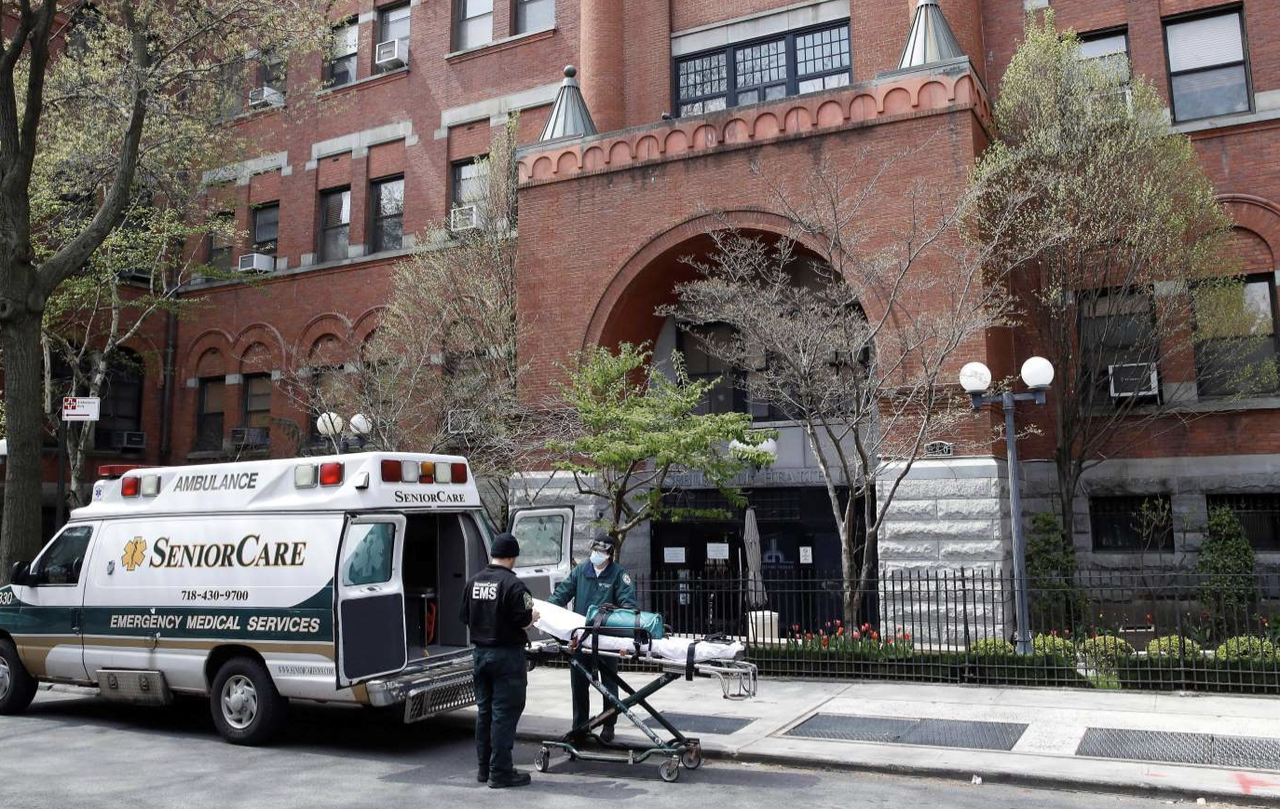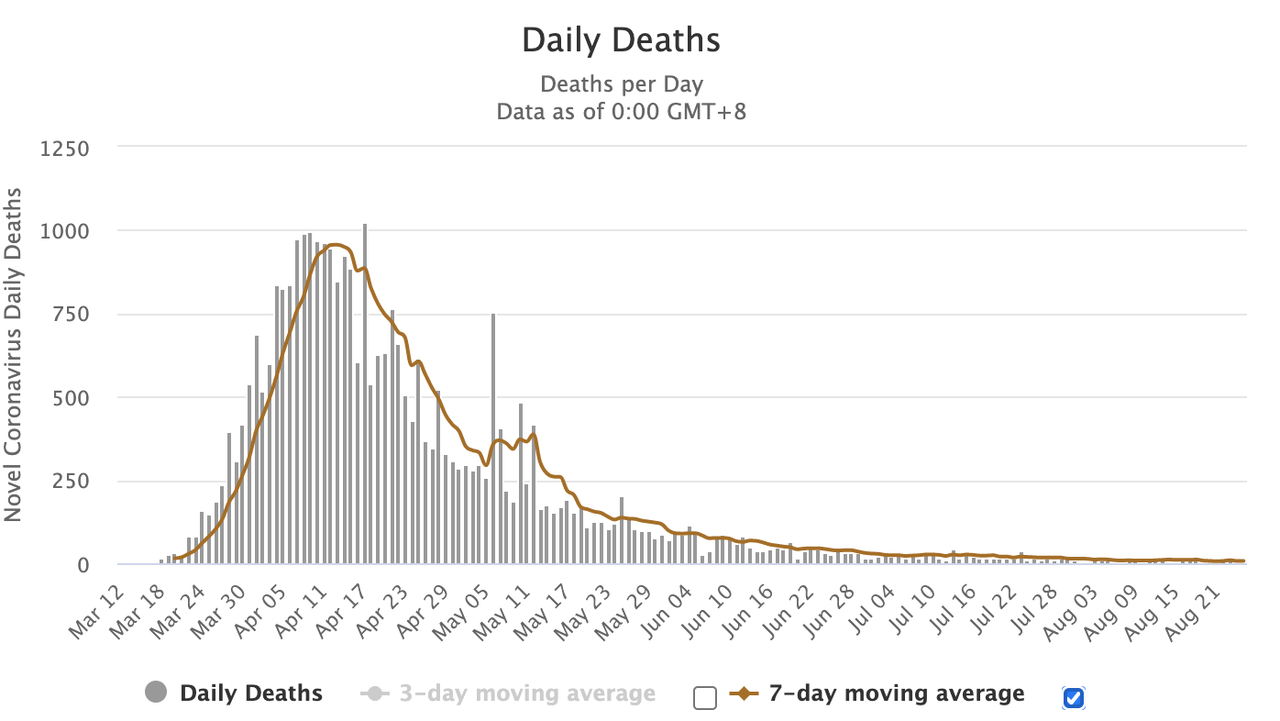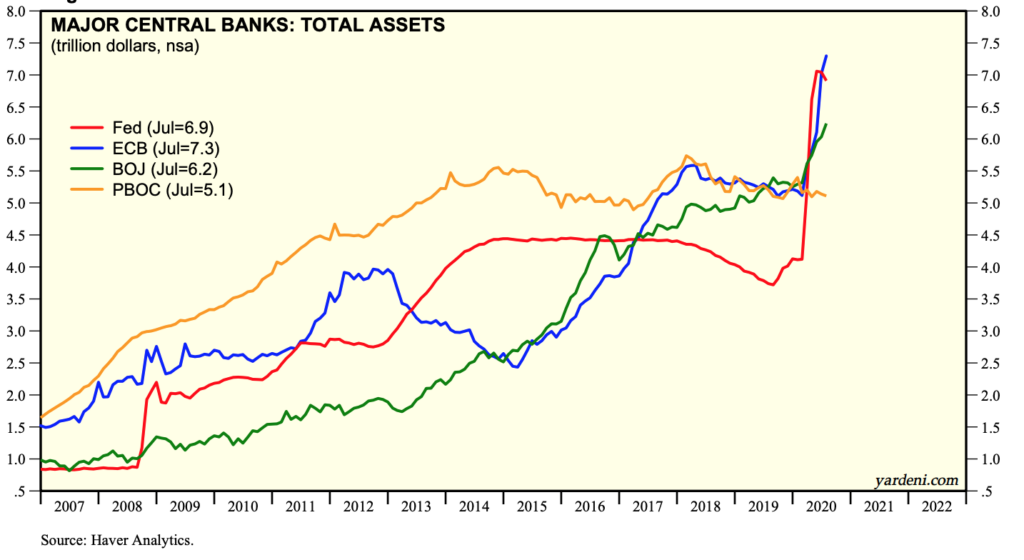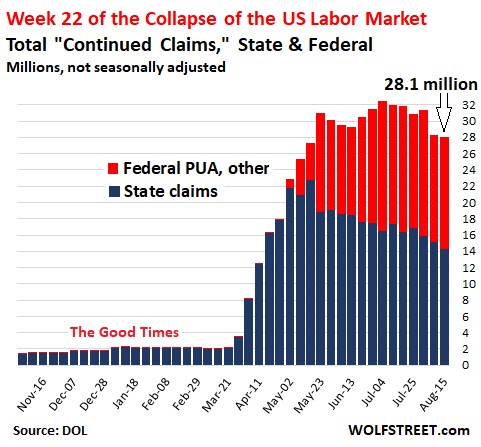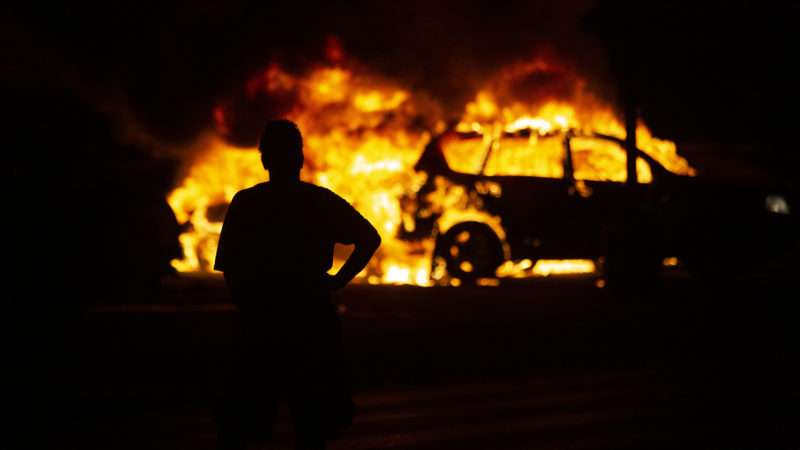Protests in Kenosha, Wisconsin against the shooting by police of Jacob Blake degenerated into lethal violence Tuesday night, with two dead and one injured. Who did what last night is still unclear, though a suspect is in custody.
While we’ll learn more details, what’s unlikely to change is the chaos in the streets, with multiple hard-to-identify factions and unaffiliated individuals joining up in loose alliances or squaring off in volatile confrontations. That’s the face of modern social unrest, and a sight with which we’ll become very familiar if the situation in this country continues to spiral out of control.
“Two people were killed and a third injured in a shooting at a used car lot on the corner of Sheridan Road and 63rd Street overnight Wednesday by a man armed with an AR-15-style rifle,” Kenosha News reports. “The man, who was white, was seen on social media with a group of armed men described online as ‘militia’ who were at a small used car lot on the northwest corner of Sheridan Road and 63rd Street.”
“Militia” could mean anything at this stage, from local people defending businesses to organized groups from elsewhere participating in the scrum. For what it’s worth, at least one Boogaloo Boys group disavows any connection to the shooter.
But there are any number of possible participants. In Portland, Proud Boys and antifa (and others) tangled over the weekend while police pulled back. In communities around the country, residents and business owners have faced-off against protesters and sometimes shot looters. And lone individuals—advocating police reform, or else supportive of cops, or just wanting to see shit burn—have shown up to participate in protests or to just stir the pot.
That’s all too common a pattern, and an unpleasant indicator of where the whole country could be headed if the growing political and racial tensions of recent years follow the path on which the people of Kenosha, Portland, and elsewhere are already walking.
In terms of where those tensions are taking us, the possibility of domestic strife as serious as a second Civil War has been a topic of conversation in recent years—sometimes mockingly (#secondcivilwarletters, anybody?)—but other times more seriously. Three years ago, Thomas E. Ricks scared the hell out of a lot of people when he casually asked “smart national security thinkers” their spitball estimates of the near-term chance of a second civil war and came up with an average estimate of “about 35 percent” for a piece in Foreign Policy.
Most Civil War 2 discussions dwell on a red states vs. blue states battle, as if clear geographical divisions and well-defined sides are a standard feature of civil wars. But social unrest in the modern world is usually messier.
“The war in Bosnia and Herzegovina was a battle between three factions—the Bosnian Muslims, Croats (Catholic) and Serbs (predominately Orthodox Christian),” the U.S. Army notes of the experience of Hajrudin Djedovic, who left the Yugoslav Army in 1992 as that country was falling apart to fight for Bosnia and Herzegovina. “It was strange fighting against people he had served with only a few years earlier, he said. One day, they are neighbors and friends. The next day—they attacked his village, killed his friends and members of his family.”
Countries don’t have to collapse for chaos to reign. From the late 1960s through the early 1980s, Italy muddled through the anni di piombo—years of lead. The Economist summarizes the confusion of that time, which still cast a shadow over Italians’ lives:
Marxist extremists, notably the Red Brigades, began kidnapping and assassinating ‘anti-worker’ officials: policemen, judges, journalists. Their right-wing opponents bombed civilians to ‘drown democracy under a mountain of corpses’. Both sides hoped to weaken the state and to spark revolution or a military takeover. Members of the Italian secret service nudged things along, working with neo-fascist killers to frame the left.
For a taste of the uncertainty of a country plagued by factional violence, it’s worth seeing the 2014 movie ’71. Set in Belfast at the start of “The Troubles,” it follows an accidentally stranded British soldier whose fate depends on the loyalties of the neighborhoods through which he passes, and the inclinations of whichever paramilitary has him at its mercy— not just unionist or nationalist, but specific factions thereof.
The U.S. as a whole is not yet immersed in its own version of “The Troubles” or the “years of lead,” let alone a Balkan-style civil war. But we’re not as far from that state as we were six months ago, let alone a decade ago.
We started this year with nearly six in 10 Americans believing that political tensions in this election year would lead to protests and rioting, according to Ipsos polling. The source of those fears is obvious, given the contempt in which the country’s major political factions hold each other. Fifty-five percent of Republicans and 44 percent of Democrats say the party opposing their own is “not just worse for politics—they are downright evil,” according to a 2019 YouGov survey. As a result of those hostilities, just over 20 percent of both Democratic and Republican respondents believe violence is at least somewhat justified if their side loses the election, according to the Democracy Fund Voter Study Group.
To that political tension, we’ve added pandemic-fueled panic and lockdown orders that have crippled the economy and increased stress. We’ve also seen an eruption of long-simmering resentment over police treatment of civilians—especially African-Americans. The killing of George Floyd brought that anger against law enforcement abuses to a head, and it continues to this day.
The result has been protests, which have all-too-often morphed into violence in the streets in multiple cities. That violence features antifa, Proud Boys, Black Lives Matter, Boogaloo Boys, neighborhood watches, and other factions and individuals of every and no ideological flavor. They interact in various shades of support, conditional alliance, and outright opposition—sometimes resulting in bloodshed.
And we haven’t even arrived at Election Day, which had Americans so on-edge at the beginning of the year.
Kenosha doesn’t have to be a vision of America’s future. Neither does Portland. But the fact that the violence is continuous and seems to be escalating is cause for concern. To avoid the spread of that conflict, we’re going to have to find a way to live with each other, or to leave each other alone. If we don’t, the violent social unrest that plagues some of our communities will become a feature of many more.
from Latest – Reason.com https://ift.tt/3lq4gbc
via IFTTT

